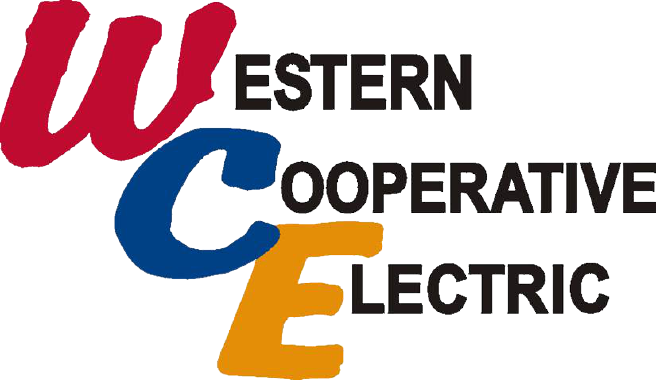Considerations for Adding Solar
Renewable sources of power hold promise for the environment and energy bills. One such renewable system is solar power, which draws energy from the sun. If you are considering adding solar to your home, the Energy Education Council and its Safe Electricity program encourage you first to do a thorough assessment to help you make informed decisions based on goals, energy needs, and safety.
According to the US Department of Energy, a small solar electric or photovoltaic (PV) system can be a reliable and pollution-free producer of electricity for your home or office and can also reduce your monthly utility bill. Savings levels depend on the array's size, system performance, and current electricity rates.
"A renewable energy system can be a valuable long-term investment," says Safe Electricity Advisory Board member Mike Ashenfelter. "Homeowners and small business operators should do some good hard looking before leaping into one to ensure they will get value for their investment."
To help homeowners and small business operators make more well-informed decisions, the Energy Education Council has developed a checklist of questions and resources to consider before starting a renewable energy system installation at EnergyEdCouncil.org/checklist.pdf.
If a homeowner decides to install a solar system, the local government entity needs to be notified. In most cases, a permit will be required. Homeowners should also make sure that their electric utility is aware of their solar PV system. Many utilities require a visible disconnect system on the house's exterior as a safety measure.
Because a correctly sized, sited, installed, and maintained PV system is essential for maximizing its energy performance and minimizing the chance of injury, a professional contractor should always install residential solar panels.
Periodic and routine maintenance is also an important consideration. The Fire Protection Research Foundation (FPRF) suggests maintenance procedures to help prevent fire or damage, including:
- Visually inspect the equipment and connections for signs of damage or degradation.
- Inspect electrical junction boxes and raceways to see if conductors are damaged and need repair or replacement.
- Visually inspect string conductors to identify physical damage that is in need of repair.
For homeowners, solar systems are commonly mounted on the roof for easy access to the sun and to save space. Make sure your roof's structure is strong enough to hold the additional weight of a solar system.
Also, be aware that roof-mounted panels could cause some issues in the case of a fire. The FPRF explains that solar panels cannot always be easily shut down, so electric shock is a primary concern for emergency responders. On roofs where solar panels take up a large amount of space, it can inhibit the use of vertical ventilation, where a hole is cut through the roof of a building to release smoke and increase visibility of victims.
Solar panel equipment can also pose tripping, slipping, and snagging hazards, and broken panel glass can cause cutting hazards to first responders and residents alike.
For more information on using energy safely, visit SafeElectricity.org.
